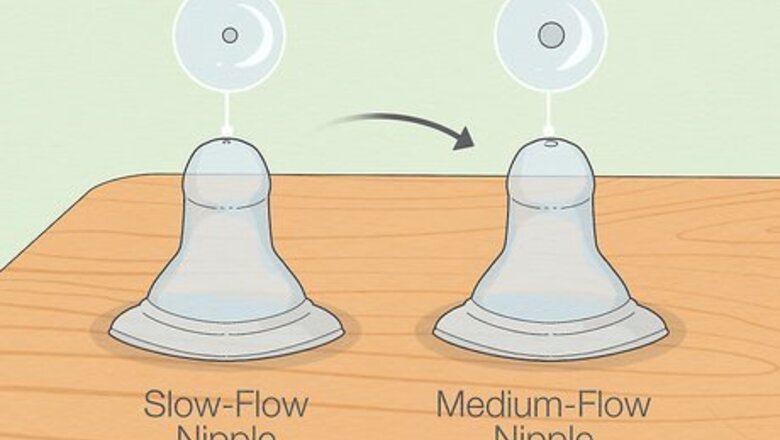
views
- Switch to a slower-rate nipple if your baby takes more than a half hour to finish a bottle. If your baby sucks up milk really quickly, choose a faster-rate nipple.
- Slow-flow nipples are good for babies between 0 and 3 months old, while medium-flow nipples are good for babies who are 3-6 months old.
- Fast-flow nipples are best for babies that are 6-12 months old.
- Opt for a wide-neck, slow-flow bottle nipple if you’re switching between breastfeeding and bottle-feeding to help prevent nipple confusion.
When to Size Up or Size Down
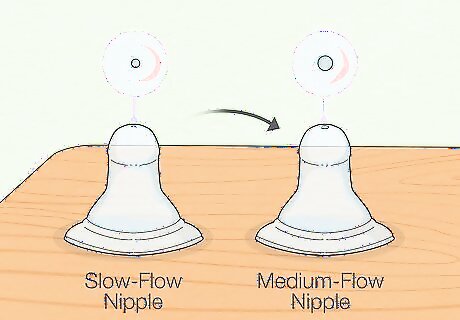
Go up a nipple size if your baby takes 30+ minutes to finish a bottle. Pay close attention to your baby during your next feeding session. Are they feeding at a good pace, or does it take them a long time to finish up? Also, take a close look at the bottle nipple itself—does it hold its shape, or does it seem to collapse because your baby is sucking so quickly? Fast sucking, fussiness, and especially long feeding times are all common indicators that your baby needs a bottle nipple with a faster flow. If you’re using a slow-flow bottle nipple, try using a medium-flow nipple instead. If you’re already using a medium-flow one, upgrade to a fast-flow bottle nipple. If your bottle nipple brand uses a numerical scale (like Dr. Brown’s), switch to a higher-rated nipple.

Go down a size if your baby is gulping, coughing, or choking. If your baby is getting too much milk or formula at once, they might gulp, drool a lot, cough, or have trouble swallowing as they feed. In some cases, babies might choke or stop eating altogether if the milk flows too quickly. If your baby is struggling with a medium-flow nipple, try switching to a slow-flow nipple instead. If your bottle nipples are ranked on a numerical scale, try going down a number.
Nipple Size Recommendations
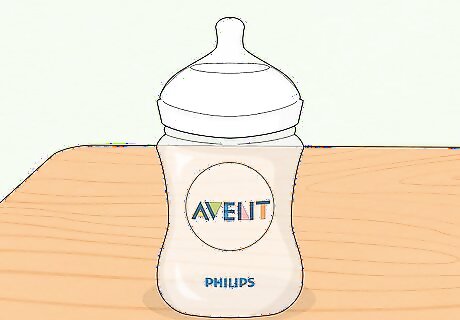
Get a slow-flow nipple if your baby is 0 to 3 months old. Slow-flow bottle nipples are a good option for newborns and infants who are just starting to feed. They’re also a good choice for babies who feed a little too eagerly and often cough or choke during their feeding sessions. For brands that use a numerical scale (like Dr. Brown’s), slow-flow nipples are the same as levels 0 or 1 nipples. Level 0 nipples are designed specifically designed for preemies, but they’re also good for any baby struggling with a regular slow-flow/level 1 nipple. Popular brands: Avent® First Flow Level 0 (0 months), Comotomo® Slow Flow (0-3 months), and Dr. Brown® Preemie flow (0 months) Tip: Make sure that your bottle nipple brand matches the brand of your baby bottle.
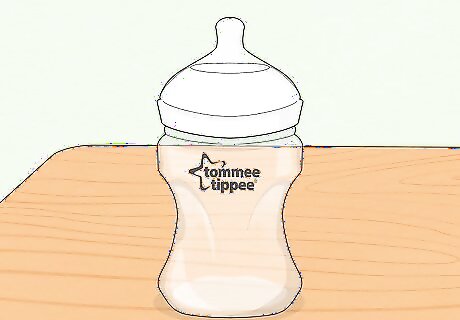
Choose a medium-flow nipple if your baby is 3 to 6 months old. Medium-flow nipples offer a slightly faster milk flow than slow-flow nipples, and may be a good fit for your young baby. For brands that use a numerical scale, medium-flow nipples are the same as levels 1 or 2 nipples. Popular brands: Avent® Natural Flow Level 1 (0+ months), and Dr. Brown® Level 1 (0+ months), Dr. Brown® Level 2 (3+ months), and Tommee Tippee Closer to Nature (0+ months)
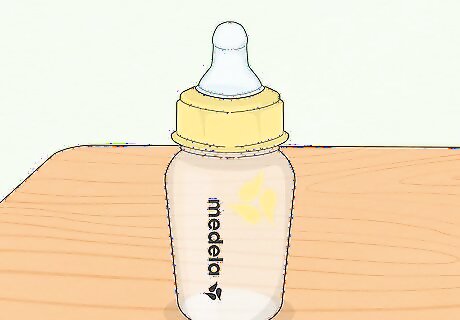
Pick a fast-flow nipple for babies that are 6-12 months old. Fast-flow nipples are great options for babies who are a little older or just not getting enough out of their current feeding sessions. This type of bottle nipple may also be helpful if your pediatrician has recommended a thickened feeding for your baby. For brands that use a numerical scale, fast-flow nipples are the same as levels 3 or 4. Popular brands:Dr. Brown® Level 3 (6+ months), Dr. Brown® Level 4 (9+ months), Evenflo® Slow Flow (0-3 months), and Medela® Wide-Base Slow Flow (0-4 months) The “slow flow” options listed above are considered fast-flow by medical professionals.
Nipple Shape Options
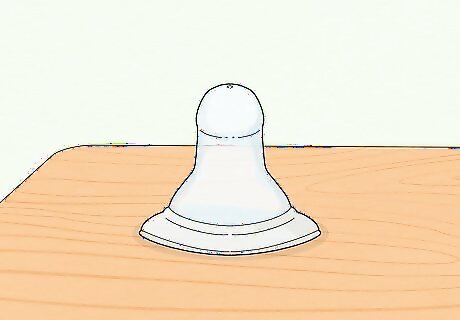
Standard/traditional nipples are a good option for most babies. Traditional nipples are dome-shaped at the end, which are simple for babies to figure out.
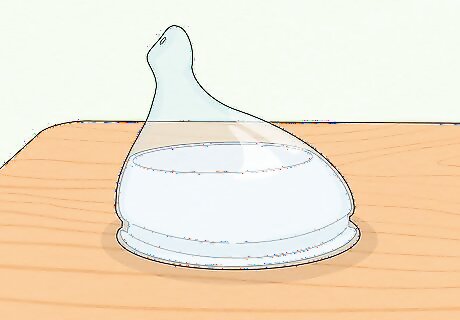
Orthodontic nipples have a dual shape that some babies like. One half of the orthodontic nipple curves to easily fit in the roof of the baby’s mouth, while the other half is designed to be flat against the baby’s tongue. Some medical professionals recommend against orthodontic nipples, as the unique shape may interfere with tongue movement and create potential speech issues further down the line.
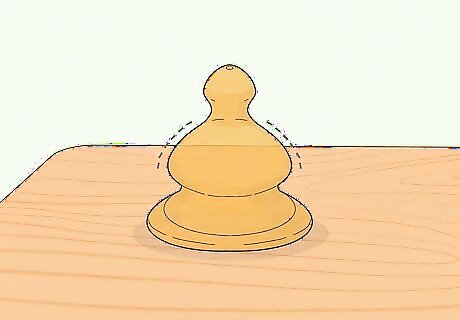
Wide-neck nipples mimic the shape of the mother’s breast. Unlike traditional nipples, wide-neck nipples are more squared-off at the ends. They’re especially helpful if you’re trying to switch over to breastfeeding from bottle feeding.
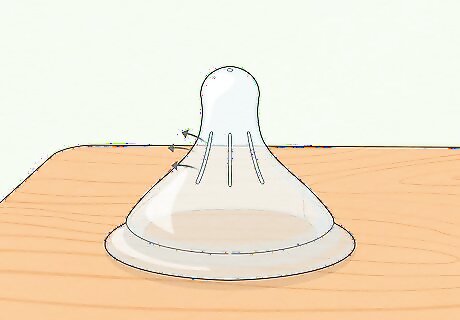
Vented nipples prevent the baby from gulping in too much air. Vented nipples have a special vent system designed to redirect air away from the nipple as your baby feeds. According to some brands, this vent system can potentially help with burping, spitting up, and other common feeding issues.
What size nipple should a breastfed baby use?
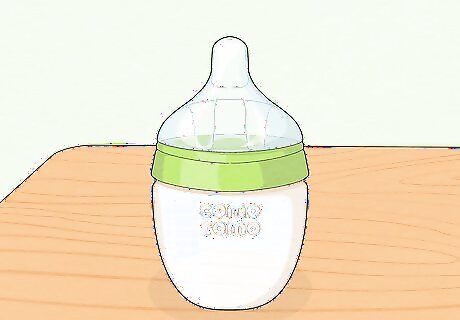
Stick with a slow-flow nipple with a wide base. Wide-neck nipples are closest in shape to an actual nipple, so they’re a great option if you’d like to continue breastfeeding your child. Slow-flow nipples are also the best option in terms of size—if your baby gets used to a faster-rate nipple, they might experience nipple confusion (where they like bottle-feeding more than breastfeeding). As you bottle-feed your baby, hold them in a cradle hold (as if you were breastfeeding). Always meet with a lactation consultant if you’re ever having trouble or concerns about breastfeeding your little one.



















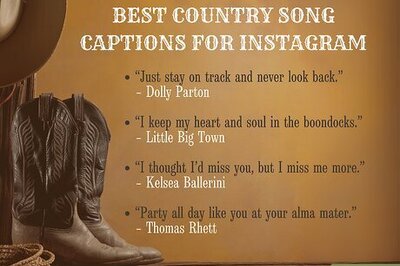
Comments
0 comment